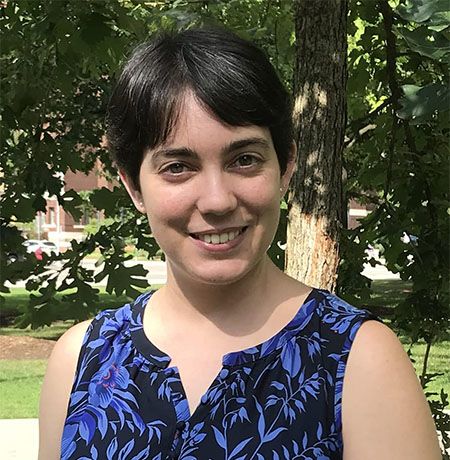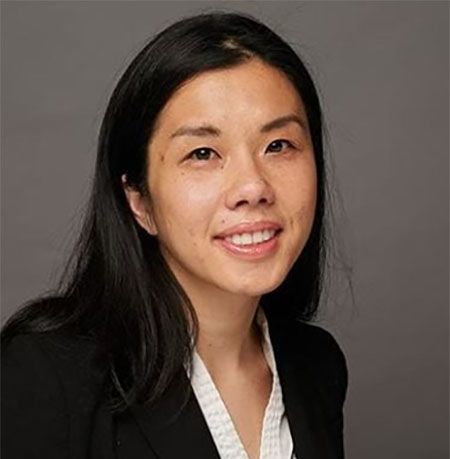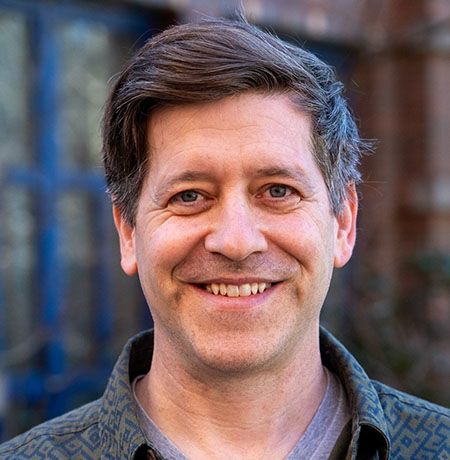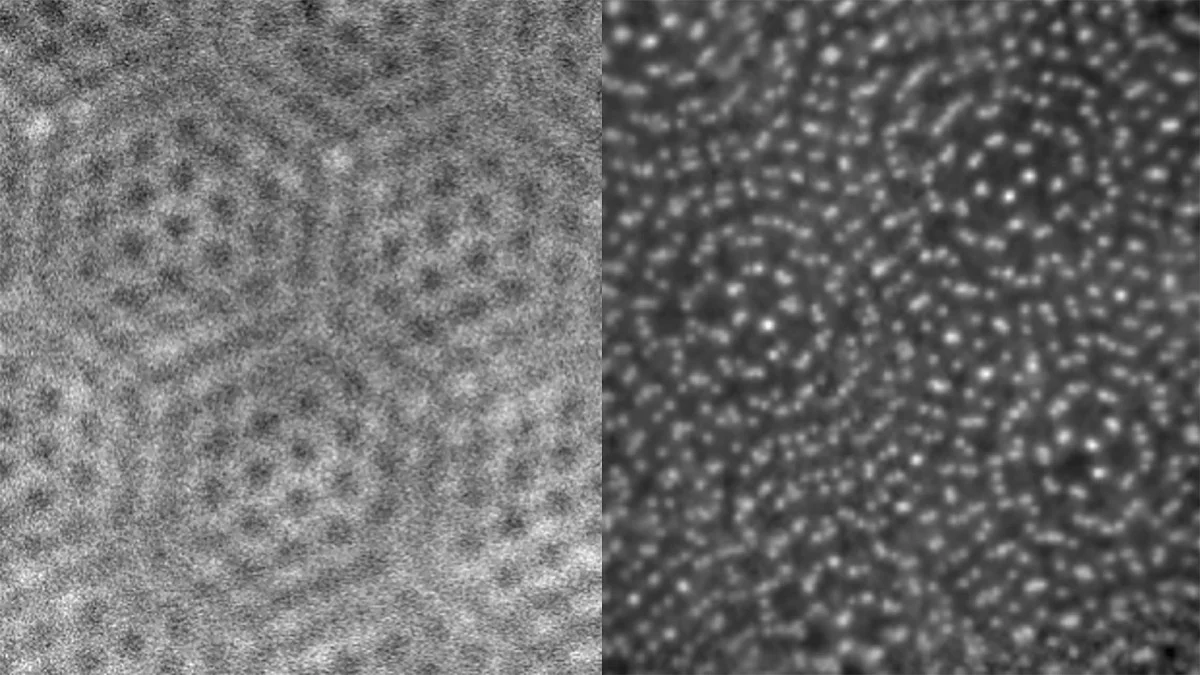In Julia Widom’s lab in the University of Oregon chemistry and biochemistry department, researchers use lasers to view RNA, one of the building blocks of life. Their work uncovers the microscopic details underlying diseases.
In the UO physics department, Kayla Nguyen and her colleagues visualize the magnetic and electric fields of materials that could someday be used in quantum computers.
Also in physics, Ben McMorran and his colleagues are developing a quantum microscope. Their goal is to image materials such as proteins and other biological building blocks at the atomic level without destroying them.
Widom, Nguyen and McMorran are taking advantage of the principles of quantum physics, the study of how matter behaves at a subatomic level. At this scale, things get weird, seemingly disobeying the classical laws of physics that govern the macroscopic world.
Harnessing these quantum quirks has led to many technologies we take for granted: computers, satellite-based navigation systems, solar cells and even mRNA vaccines. Today, quantum physics continue to drive science forward, both by making the tools used in many types of research possible and by fueling entirely new fields like quantum computing.
“Quantum physics plays an important role in the design and operation of nearly every digital device we use,” McMorran said.
On April 14, scientists around the world are celebrating World Quantum Day. The date was chosen to honor the German physicist Max Planck, one of the founders of quantum theory. In the same spirit as Pi Day, the date is a nod to Planck’s Constant, an important number in many equations underlying quantum mechanics.

Julia Widom
Professor of chemistry and biochemistry
“The quantum nature of light and molecules factors into our work in ways that are as fundamental as the technology we use.”

Kayla Nguyen
Professor of physics
“I use quantum mechanics all the time in my research. I take pictures of a very small structure, the atom.”

Ben McMorran
Professor of physics
“Quantum physics plays an important role in the design and operation of nearly every digital device we use.”
Quantum theory describes the way that subatomic particles, such as electrons and photons, interact with each other and with atoms and molecules.
“The quantum nature of light and molecules factors into our work in ways that are as fundamental as the technology we use,” Widom said. “We do a lot of experiments with lasers, and lasers work because materials in them have discrete possible energies.”
In the macroscopic world, objects can have any energy within a certain range; imagine a car gradually slowing down before coming to a stop. But in the quantum world, interactions between subatomic particles occur at specific energy levels, called quanta, that can be observed and measured. Lasers like those that Widom uses in her research work because of this phenomenon: The light they emit comes from photons, the smallest units of light, which are generated when electrons in a material move between different energy levels.
Widom and her team illuminate RNA molecules with lasers to understand how biological processes affect human health.
“We’re often adding molecules to the RNA that do not naturally occur in the RNA, and we’ve selected those molecules so that they have energy levels that are convenient to work with in the lab, ones that we can generate readily with a laser,” she said.
Quantum mechanics also underlies electron microscopes, powerful tools that scientists use for high-resolution imaging.
“I use quantum mechanics all the time in my research,” Nguyen said. “I take pictures of a very small structure, the atom. We can’t use regular light or optical microscopes to visualize atoms. The only way that we can do that is by using electrons.”
When they observe interactions between molecules and subatomic particles, scientists can take advantage of a kind of library catalog to understand what they see. Like books on library shelves, particles have specific quantum numbers that enable scientists to identify the results of imaging experiments.
“When you do an experiment with carbon, for example, you hit it with an electron, and you can measure the signature of carbon,” Nguyen said.
Quantum physics also is opening new fields of research, such as quantum computing and quantum sensing.
Quantum computers could perform complex calculations much faster than ordinary computers. They rely on the quantum principle of entanglement: subatomic particles that are “entangled” will have correlated measurements despite being far apart. UO researchers are working to enhance that technology.
And last year, the UO was given a $1 million grant from the National Science Foundation for a quantum virtual laboratory. The project, led by physicist Brian Smith, will build next-generation sensors and networks that could share data across long distances.
World Quantum Day arose through the efforts of scientists in more than 65 countries in Africa, Asia, Europe and North and South America. The United Nations also has declared 2025 the International Year of Quantum Science and Technology, marking the 100th anniversary of the birth of quantum mechanics as a field of study. A paper published by Max Born in 1925 was the first to use the term.
“This celebrates something that came out a hundred years ago, but science has grown and diversified,” Nguyen said. In 1925, scientists “couldn’t even imagine visualizing atoms, which people knew existed because all matter is composed of them. Now we can see them. And that is actually mind blowing.”



